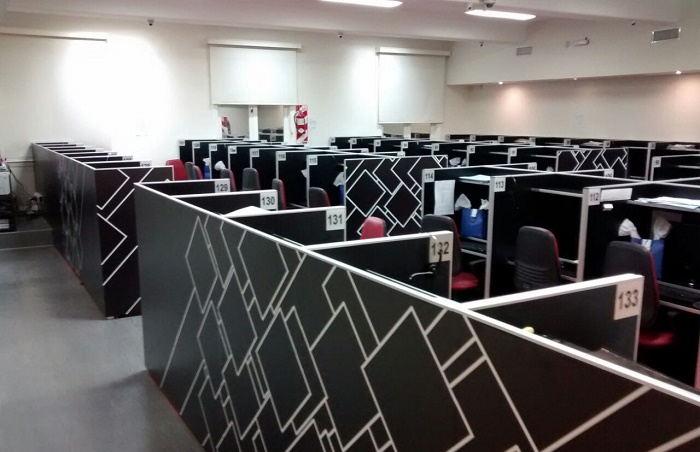Strong economic growth in the Philippines is driving demand in the real estate market, placing prime office space at a premium, with little indication that appetite will wane despite growing supply in Manila and Cebu. This year is expected to see record levels of investment on new property developments in a bid to meet demand, according to a March report by real estate services provider KMC MAG Group.
Capital expenditure could reach P365bn ($8bn) in 2016, up 2.5% on last year’s record outlay, as demand for commercial and office space continues to rise, said Anton Nordberg, research and consultancy manager at KMC MAG Group. “The demand, especially in office and commercial, is just tremendous,” he noted. “End-user demand is so high, and investors are tapping that by building more real estate.”
Net take-up of premium and grade-A office space reached a record of 459,000 sq metres in 2015, prompted by the growing business process outsourcing (BPO) sector, with some estimates placing requirements for 2016 at similar levels. Growth in the burgeoning financial and insurance sectors, meanwhile, could add as much as 100,000 sq metres of additional demand for traditional office space next year. Sector activity could gain further momentum as GDP growth remains elevated next year, with the government projecting the economy will expand by up to 7.6%.
However, with a combined 1.8m sq metres of office space set to enter the Manila market over the next three years, demand could become somewhat sated. Rental returns have already eased in some high-density office districts in the capital, though overall office rents rose by an average of 7% last year, according to a February report released by property firm Colliers International.
New stock has also increased office vacancy rates in some regions, such as Cebu. A recent report by real estate consultancy CBRE Philippines revealed that the office vacancy rate in Cebu had risen from 25.4% in 2014 to 27.6% last year. However, growing demand is expected to absorb much of this excess supply as additional companies enter the area’s growing BPO market.
According to a March report issued by the Bangko Sentral ng Pilipinas (BSP), lending for real estate purposes is gaining pace, substantially outpacing overall loan growth. Real estate and development lending totalled P901.96bn ($19.6bn) in February, up 25.4% year-on-year (y-o-y), with borrowing for property representing 17.6% of the total loan portfolio. By contrast, commercial bank lending increased by just under 17%, the BSP said.
Borrowing may be buoyed by the BSP’s decision to maintain its benchmark interest rate at 4% at its most recent monetary policy committee meeting in late March. Despite rising domestic demand and 5.9% GDP growth forecast for this year, the central bank was not under pressure to increase the cost of borrowing, having revised its 2016 inflation outlook from 2.2% to 2.1%. As of late March, headline inflation was running at 1.1% y-o-y, marginally up from 0.9% in February.
High demand for property, as well as the government’s expedited implementation of infrastructure projects, has resulted in rising costs of construction materials. Cement sales rose by 14.3% to 24.4m tonnes last year, according to the Cement Manufacturers Association of the Philippines, with this trend even more pronounced in the fourth quarter, when sales rose by 16.6% y-o-y. The market has also seen a steep increase in iron and steel imports, which expanded by 25.4% y-o-y in January, with inbound shipments valued at $200.2m. Rising demand has triggered increases in local materials prices, with the cost of a 40-kg bag of cement rising by P6 ($0.13) in February and P10 ($0.22) in April to reach to P227 ($5). Prices for steel rebar, meanwhile, climbed by 20% between February and early April. (Reported by Oxford Business Group)


